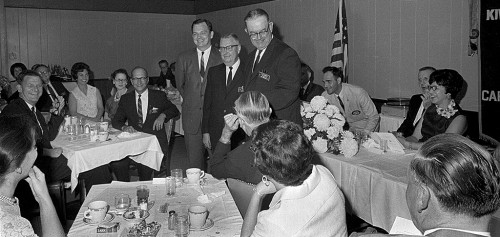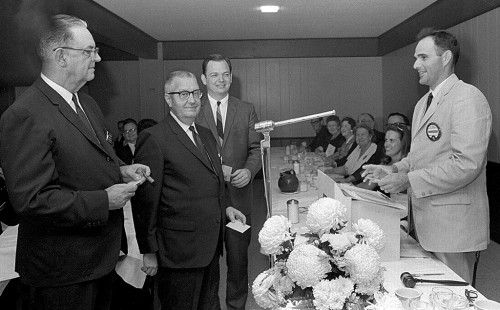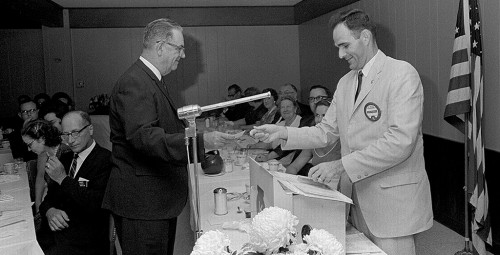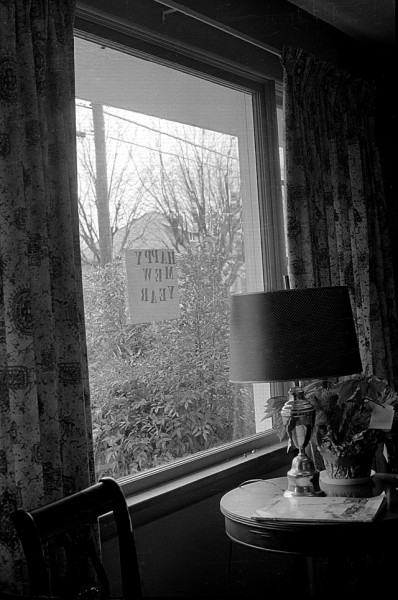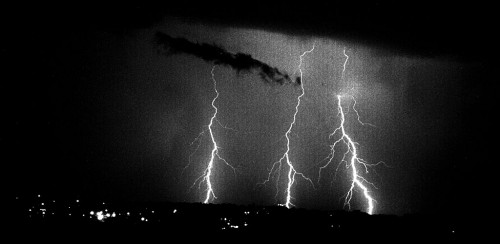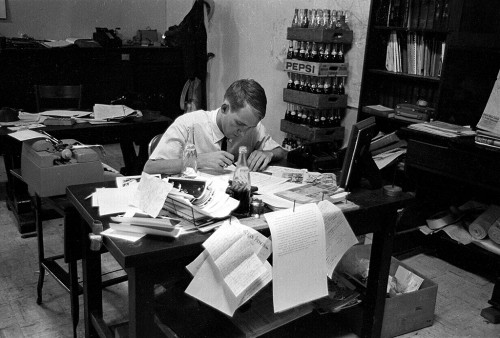 “KID!!!” bellowed the burned-out copy editor who had come to The Jackson Pioneer from The Kansas City Star. I was “KID!” until I was about 25, but in this case, I really WAS a kid. It was the summer of my junior year of high school.
“KID!!!” bellowed the burned-out copy editor who had come to The Jackson Pioneer from The Kansas City Star. I was “KID!” until I was about 25, but in this case, I really WAS a kid. It was the summer of my junior year of high school.
He was editing my “exclusive” interview with Gary Rust, a Goldwater supporter and a delegate to the 1964 GOP National Convention.
My lead was “One week out of the year, once every four years, the nation is stricken by elephantiasis.”
“Kid,” he continued, in a quieter tone, “either you don’t know that elephantiasis is an African venereal disease that causes your nuts to swell up so big you have to carry them in a wheelbarrow, or you DO know and you are the most astute political writer for your age in the country.” After a pause, he said with a sly grin, “Either way, I’m not going to change it.”
[This isn’t the grizzled copy editor, by the way. It is Gary Friedrich. Gary played a role in the SEMO Fair investigation.]
Cow Palace Conclave
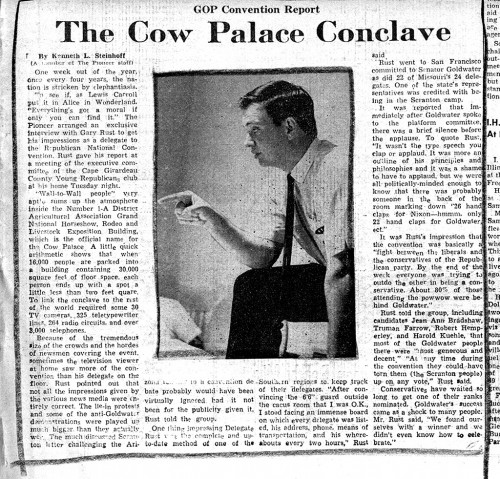 I’ve been telling that tale for years, but, truth be told, I wasn’t absolutely, positively sure that it was true. HAD the story actually run?
I’ve been telling that tale for years, but, truth be told, I wasn’t absolutely, positively sure that it was true. HAD the story actually run?
When I came home this time, Brother Mark gave me a huge, wax-coated cardboard box that had once contained chicken pieces. In it was a stack of clips from the paying-my-dues days at The Jackson Pioneer, The Central High School Tiger, The Ohio University Post and a smattering of other things.
For better or worse, near the middle of the stack was my June 24, 1964, story as I had remembered it. (Like always, you can click on the photos to make them larger.)
How to get a newspaper job
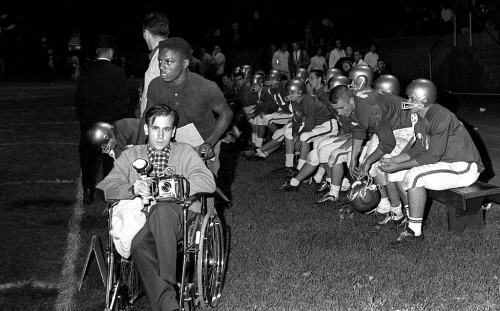 Rust had gotten me the job in the first place. I was a Barry Goldwater fanatic; had worked on a political campaign a year or so before; Friend Shari’s grandmother was a big poobah in the Republican party, and The Pioneer was a Republican paper. The Pioneer’s publisher, John Hoffman III, had been injured in a car wreck that had killed his wife. Rust thought Hoffman could use some help, so he introduced us. [That’s Hoffman in a wheelchair covering a high school football game.]
Rust had gotten me the job in the first place. I was a Barry Goldwater fanatic; had worked on a political campaign a year or so before; Friend Shari’s grandmother was a big poobah in the Republican party, and The Pioneer was a Republican paper. The Pioneer’s publisher, John Hoffman III, had been injured in a car wreck that had killed his wife. Rust thought Hoffman could use some help, so he introduced us. [That’s Hoffman in a wheelchair covering a high school football game.]
Hoffman said, “We’re not making much money; we can only afford to pay you $75 or $100 every two weeks.”
Not completely understanding how this negotiating game was played, I promptly said, “I’m just getting started out. I’ll take $75.”
Wall to wall people
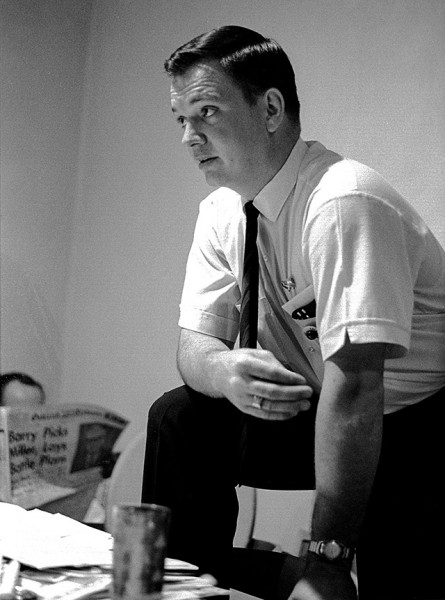 Rust described the convention as “wall to wall people.” Always a sucker for numbers, I shared that the event was linked to the world with 30 TV cameras, 325 teletypewriter lines, 264 radio circuits and over 3,000 telephones.
Rust described the convention as “wall to wall people.” Always a sucker for numbers, I shared that the event was linked to the world with 30 TV cameras, 325 teletypewriter lines, 264 radio circuits and over 3,000 telephones.
He said the convention was basically a “fight between the liberals and the conservatives of the Republican Party. By the end of the week everyone was trying to outdo the other in being a conservative. About 80% of those attending the powwow were behind Goldwater.”
Counting hand claps
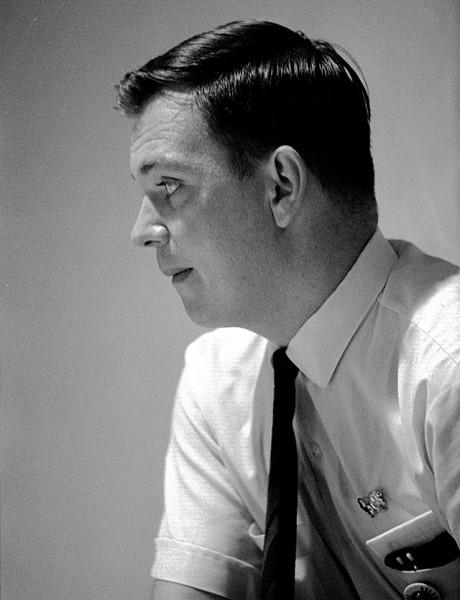 I never watched one of those political events afterward without thinking about an observation he made. It was reported that immediately after Goldwater spoke, there was a brief silence before the applause.
I never watched one of those political events afterward without thinking about an observation he made. It was reported that immediately after Goldwater spoke, there was a brief silence before the applause.
“It wasn’t the type speech you clap or applaud. It was more an outline of his principles and philosophies, and it was a shame to have to applaud, but we were all politically-minded enough to know there was probably someone in the back of the room marking down ’26 hand claps for Nixon – hmmmm, only 22 hand claps for Goldwater…’”
Could have torn them up
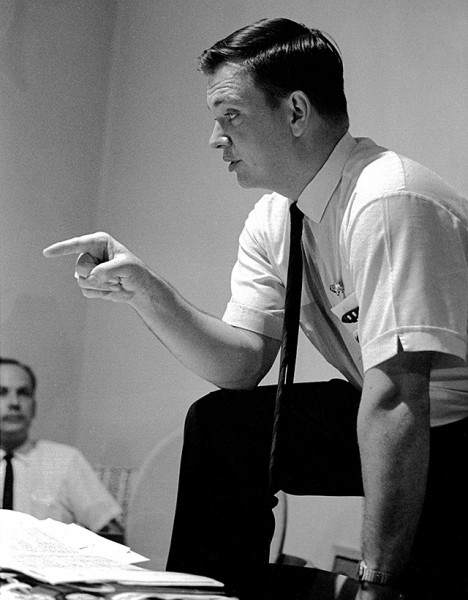 Rust told the group, including candidates Jean Ann Bradshaw, Truman Farrow, Robert Hemperley and Harold Kuehle, that most of the Goldwater people there were “most generous and decent. At any time during the convention, they could have torn them (the Scranton people) up on any vote.”
Rust told the group, including candidates Jean Ann Bradshaw, Truman Farrow, Robert Hemperley and Harold Kuehle, that most of the Goldwater people there were “most generous and decent. At any time during the convention, they could have torn them (the Scranton people) up on any vote.”
Goldwater’s success came as a shock to many people. Rust said, “We found ourselves with a winner and we didn’t even know how to celebrate.”
I’ll tell you later about another paper in the stack: my story of covering Ronald Reagan stumping for Goldwater and how I got to meet the new Linotype operator.
You can see photos of Goldwater campaigning in Cairo here. There was some talk about The Pioneer’s staff throwing yellow food coloring in the Jackson Courthouse fountain so Jacksonians would wake up to real gold water, but I don’t know if that got beyond the talking stage. I doubt that they could have scraped together enough money to buy the food coloring.
Gary Rust went on to become a newspaper publishing magnate in the region. I don’t know if he ever saw my story.
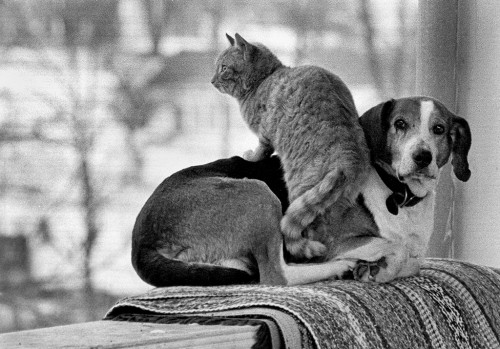 I was working on a post when I encountered a technical glitch. Instead of giving up, I explored everything I could think of, then I went over it one more time with feline. Still broken.
I was working on a post when I encountered a technical glitch. Instead of giving up, I explored everything I could think of, then I went over it one more time with feline. Still broken.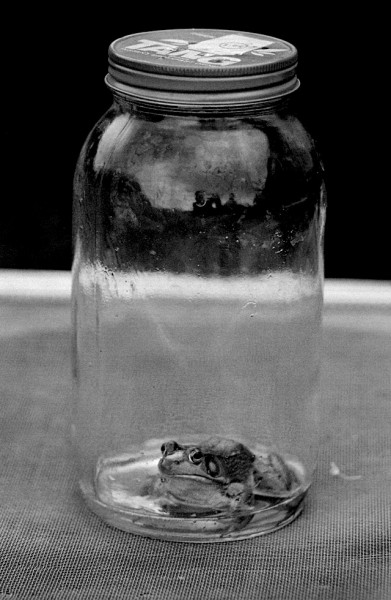 This is what journalists do when faced with a deadline and nothing to fill the space. I’ve been there before. Remember the Pomeroy Frog Jumping contestant and Nellie Vess?
This is what journalists do when faced with a deadline and nothing to fill the space. I’ve been there before. Remember the Pomeroy Frog Jumping contestant and Nellie Vess?
